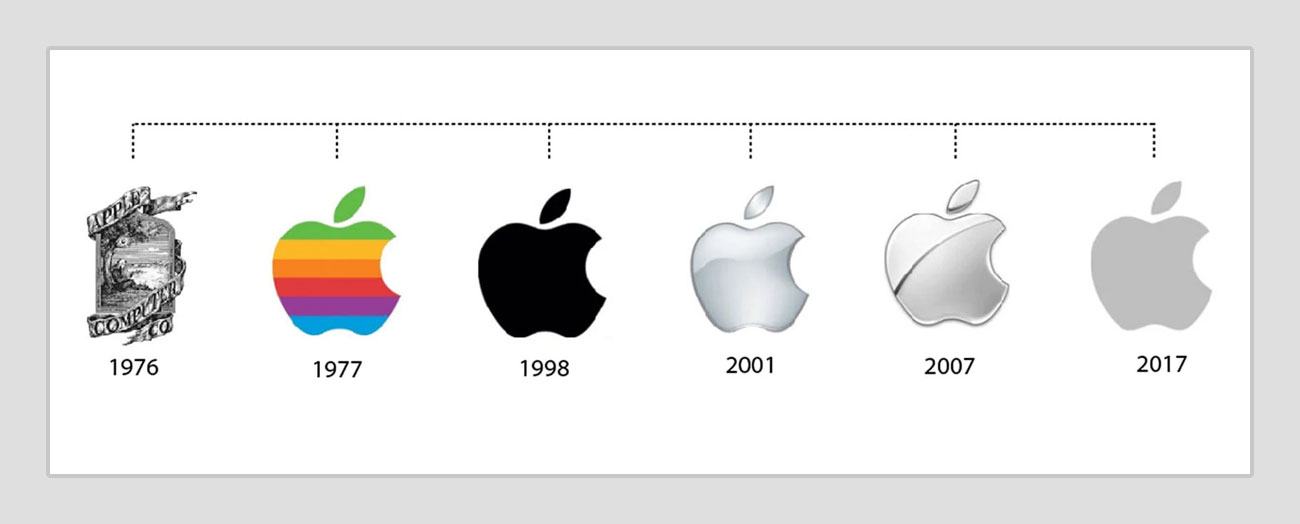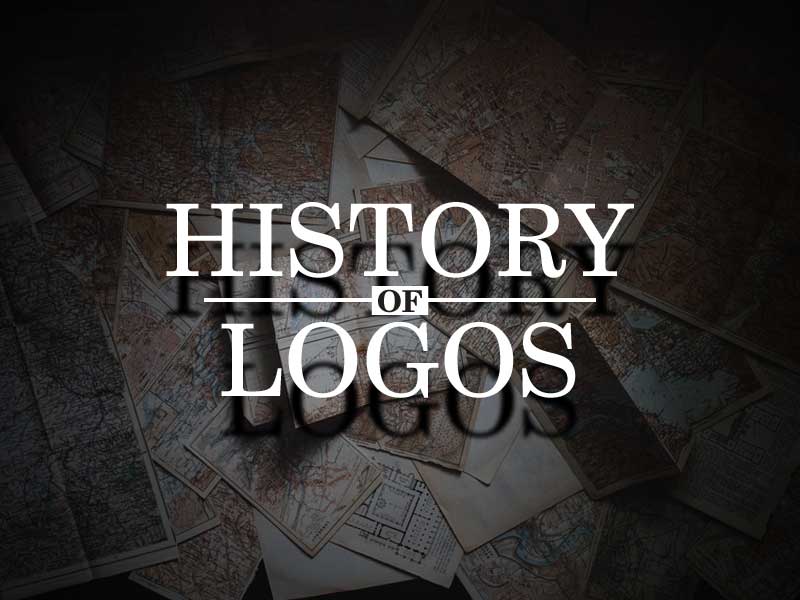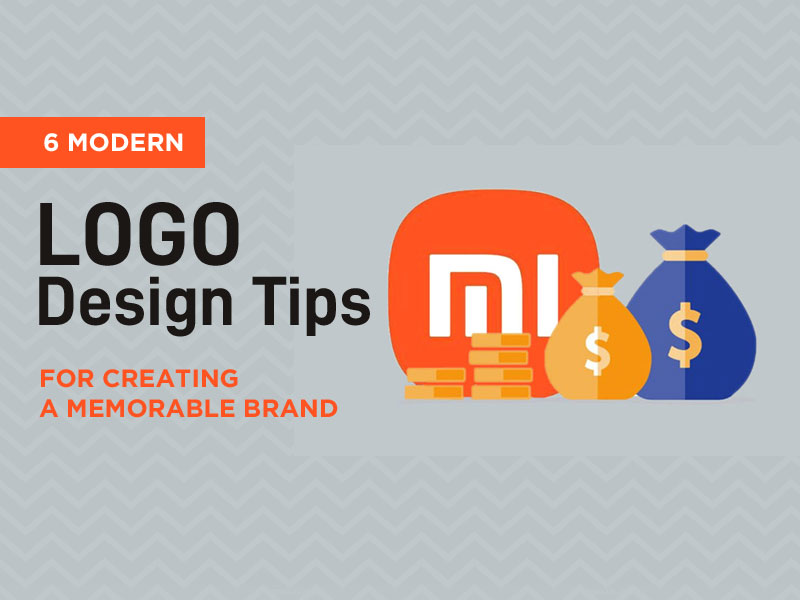A logo can be a powerful brand asset. Numerous organizations are identified by their emblems rather than their names. Logos have been utilized as identifiers for centuries. They’ve been found in Egyptian tombs and the flags and emblems of medieval kingdoms.
But how did our ancestors create logo designs? In this article, we will take a look at the history of logos and the history of logo design.
The Historical Emergence of Logo Design
Logo usage can be traced to the early ages of the Egyptians. Before the medieval ages, when pictorial artwork, like coats of arms, was the basis of differentiating ranks of varying importance, ancient Egyptians incorporated inscriptions to mark and earmark their goods.
The largely crucial aspect of a design is the underlying utilization of symbols. It is meaningful because it builds on numerous decades of symbolism (along with the alphabet) in human literary and graphic language. When a designer utilizes an apple, for instance, he or she is relying on centuries of powerful symbolism.
The Bass red triangle launched the present age of logo creation in the 1870s. Due to the emergence of colored printers and the advertisement industry, such symbols came to be necessary for business organizations to be remembered by potential and current customers.
Chermayeff & Geismar crafted the Chase emblem in 1960, which opened the path for conventional designs. In the present day, they are primarily made of clearly identifiable symbol markings that effectively stay uniform with their respective organizations.
The Paul Rand’s Influence

Paul Rand is the most well-known contemporary designer, having made conceptual pictures for firms such as IBM, Cummins Engine, Westinghouse, UPS, and several others.
Louis Danziger, a well-known late contemporary graphic creator, characterized him as the innovator who “largely single-handedly persuaded businesses that design could be a useful tool. Rand made it feasible for us to work in the 1950s and 1960s. He did so much more than anybody else to establish the profession’s credibility.
The Development of Logo Design
Emblems in our modern world are vastly distinct from ancient logos. They have had to adjust as civilizations, fashions, and buyer behavior have changed. The graphic bombardment we’ve encountered due to our increasingly complicated environments reflects how they have evolved in their transition from complex to simple.
Ancient logos have been utilized on items over time. It wasn’t till the industrial revolution in the United States and Europe between 1760 through 1840 that logos became almost mandatory. When commodities started to be mass-manufactured, businesses sought a means to distinguish their products from those of their competitors.
Design and Technology
The history of logo design and creation is extensive and can be dated back thousands of years. The internet and other technological advancements have resulted in more widespread and prominent ways of using symbols. Logos have developed as the necessity to distinguish one’s business among an increasing sea of competitors, requiring one to stand out to thrive.
A Smart Marketing Tool
One of the most effective marketing tools firms have at their disposal is their logo, representing their values and ideals. Compelling logos encourage brand loyalty and serve as status symbols for those who wear them on their garments or bags. For instance, consider Starbucks. Despite multiple copies and versions created for animated shows, a loyal customer will be able to tell them from the original. Why is that? Every time their service is referenced, their logo is used to solidify their presence.
Considering that the market is swamped with logos, creating one that beats the competition is a challenge.
Creating an Effective Logo
Your emblem can tell a lot about your brand identity to a rather anonymous group of people. However, it must be created professionally, with your business’s best interests in mind. Any other method will not do credit to your symbol.
Because a special emblem depicts the core of a brand, it must portray importance, as much as it communicates with buyers. Creating an impactful one should center on developing a one-of-a-kind, unique symbol that is easily distinguished and recognized.
Thanks to technological improvements, special emblems are now clear, basic, and scalable. A good symbol can now be created and used in various ways, and it can ultimately resonate on its own. The simpler it is, the more recognizable it is in today’s society.

Take a look at the Apple emblem. It wasn’t always as simple and unmistakable as we see it today. That’s because its multicolored design was adaptable enough to fit whatever style was popular at any given time. It also does not require the trademark “Apple” to be included, enabling it to be distinct from the text. According to Paul Rand, “A symbol will not thrive except when it is developed and crafted with extreme simplicity and clarity.”
Your Brand vs. Your Logo
A symbol aims to convey, but a brand’s objective is to bring your business to the spotlight. It represents what it exemplifies, but it also provides value to a brand by visualizing the ideals of that business. If we examine the Apple design once more, no one would have had an emotional response to a picture of an apple before the company was formed. While an emblem may have greater power than the business name it portrays today, it is primarily a graphic expression or emblem of business identity.
- Your brand focuses on the emotional elements that feed other people’s perceptions and beliefs about a company.
- Your emblem is a symbolic image of the brand’s personality and identity.
- It is not necessary for your emblem to explain what a business does.
Conclusion
We hope you enjoyed learning about the history of logo design and the history of logos. When you need a terrific symbol and nothing less than amazing will do, you should consult a professional who can create logos that stand out, are simple to understand, and speak to the ambiance and visuals of an anonymous audience. An interpretation will come from the perceived value of the product it represents.







